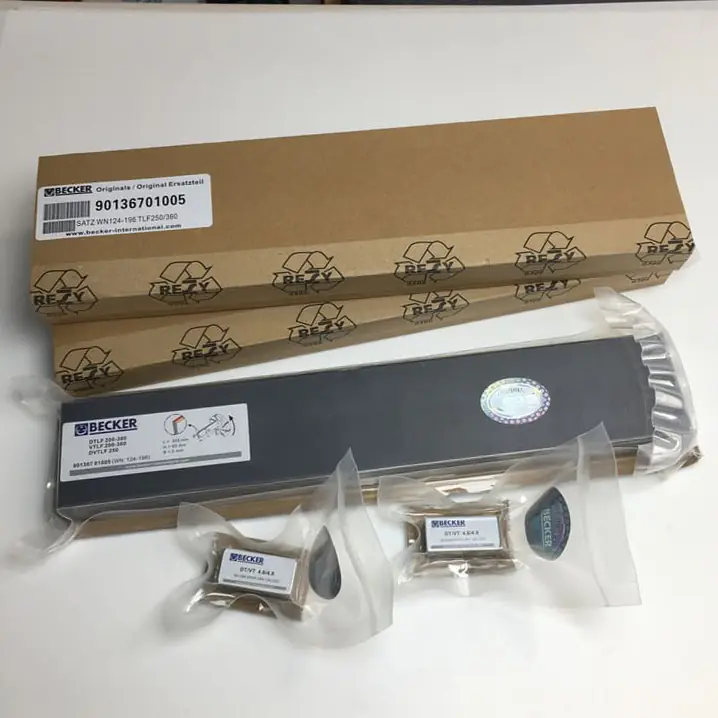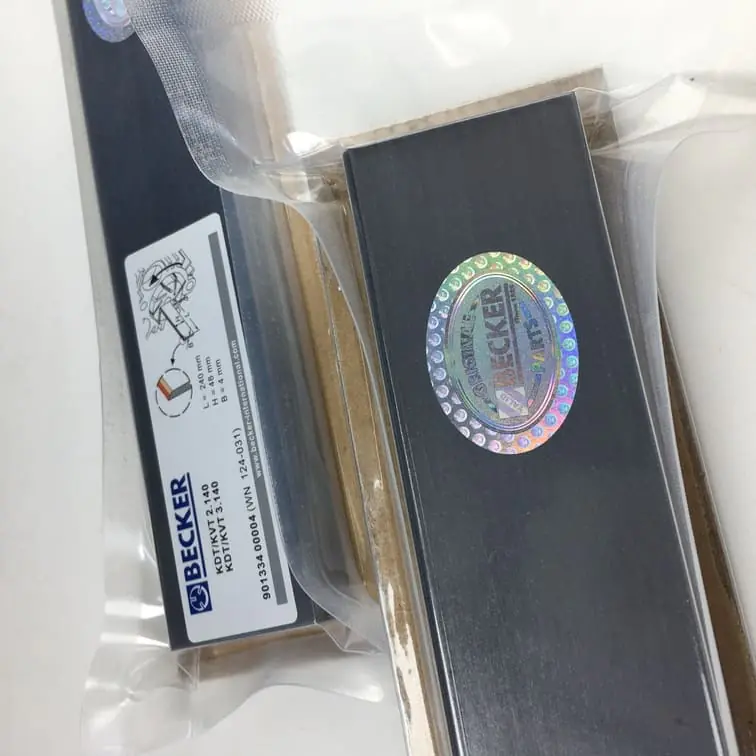What Setting Should the Pool Pump Be On to Vacuum?
Maintaining a clean and sparkling pool is important for both visual appeal and health. One of the essential tasks in pool maintenance is vacuuming. But many pool owners often wonder, what setting should the pool pump be on to vacuum effectively? In this comprehensive guide, we will cover everything you need to know about properly vacuuming your pool, including the correct pool pump setting, techniques, and some practical tips for keeping your pool in its best shape.
Understanding Pool Pump Settings
The pool pump is the heart of your pool’s filtration system, playing a crucial role in circulating water and maintaining cleanliness. Typically, pool pumps have several settings, each designed for specific purposes:
- Filter: Normal operation, used for circulating pool water through the filter to clean it.
- Waste: Directs the water out of the pool without passing through the filter.
- Backwash: Cleans the filter by reversing the flow of water.
- Rinse: Used after backwashing to flush dirt and debris from the valve.
- Recirculate: Bypasses the filter but circulates water through the pool.
When it comes to vacuuming, the primary options are Filter and Waste settings. Choosing the correct setting is vital for effective vacuuming, as it determines whether the debris collected will be sent through the filter or expelled directly out of the pool.
Should You Use the Filter or Waste Setting When Vacuuming?
When to Use the Filter Setting
The Filter setting is the most common choice for vacuuming your pool, especially if the pool is moderately dirty or has fine debris. When set to filter mode, the vacuum system pulls in water, sending it through the pool filter where dirt and debris are trapped, allowing clean water to return to the pool.
Benefits of Using the Filter Setting
- Water Conservation: The water stays in the pool, which means no additional cost or effort for refilling.
- Filtering Fine Particles: Smaller particles, like sand or silt, can be filtered effectively.
How to Set Your Pool Pump to Filter
- Attach the Vacuum Head: Connect the vacuum head to the telescopic pole and vacuum hose.
- Prime the Vacuum Hose: Submerge the hose completely to remove any air.
- Connect to Skimmer: Attach the hose to the skimmer suction port using a vacuum plate.
- Set the Pump to Filter: Ensure the pump is set to the Filter setting, and start vacuuming the pool as you move the vacuum head across the pool floor slowly.
When to Use the Waste Setting
The Waste setting should be used when the pool is heavily contaminated with larger debris or when vacuuming algae after a shock treatment. In this mode, the pump expels the water and debris directly out of the pool without passing it through the filter, which is useful if the debris is likely to clog the filter.
Benefits of Using the Waste Setting
- Avoids Clogging: Keeps large debris and algae from clogging up the filter.
- Effective for Algae Removal: Great for removing dead algae after treating the pool with chemicals.
How to Set Your Pool Pump to Waste
- Prepare for Water Loss: Note that this setting will cause water loss, so make sure the pool’s water level is sufficient.
- Connect the Hose: Attach the vacuum head and hose to the skimmer as with the filter setting.
- Set the Pump to Waste: Turn off the pump, set the multiport valve to Waste, and turn the pump back on.
- Vacuum: Proceed with vacuuming. The dirty water will be expelled out of the pool, so you may need to add fresh water afterward.
Comparison of Filter vs Waste Setting for Pool Vacuuming
| Setting | Purpose | Water Flow | Suitable for |
|---|---|---|---|
| Filter | Regular debris vacuuming | Water stays in pool | Fine particles, light debris |
| Waste | Heavy debris removal | Water expelled | Algae, large debris |
Using the correct setting will ensure that your pool stays clean while also preserving the health of your filtration system.
Step-by-Step Guide to Vacuuming Your Pool
Vacuuming your pool properly involves multiple steps to ensure that the process is effective. Here is a detailed breakdown of how to vacuum your pool:
1. Gather the Required Tools
To vacuum your pool, you will need the following tools:
- Vacuum Head: Attaches to the telescopic pole to clean the pool bottom.
- Telescopic Pole: Extends to reach different parts of the pool.
- Vacuum Hose: Carries debris from the pool to the filter or waste.
- Skimmer Plate: Connects the vacuum hose to the skimmer.
2. Assemble the Vacuum System
- Attach the vacuum head to the telescopic pole.
- Connect one end of the vacuum hose to the vacuum head.
- Submerge the vacuum head and hose to allow them to fill with water, eliminating any air that could impede suction.
3. Connect to the Skimmer
Attach the free end of the hose to the skimmer suction port using a vacuum plate. This will direct the suction from the pump to the vacuum head.
4. Select the Appropriate Pump Setting
Decide whether to use the Filter or Waste setting depending on the amount of debris in your pool.
5. Start Vacuuming
- Turn the pump on and begin to slowly move the vacuum head across the pool floor.
- Overlap each stroke slightly to avoid missing any spots.
- For stubborn debris or algae, move more slowly to allow the vacuum to pick up all particles.
6. Finish and Backwash (If Necessary)
- Once finished, disconnect the vacuum system.
- If you used the Filter setting, backwash your filter to remove any trapped debris.
Tips for Effective Pool Vacuuming
Tip 1: Vacuum Slowly for Better Results
When vacuuming your pool, it is important to move the vacuum head slowly to avoid stirring up debris that can make the water cloudy. A slower pace allows the vacuum to effectively pick up more particles.
Tip 2: Check Water Level Regularly
If you are vacuuming to waste, keep an eye on the pool’s water level. You may need to add more water during or after vacuuming to maintain proper pool function.
Tip 3: Use the Right Vacuum Head
For vinyl-lined pools, use a vacuum head specifically designed for vinyl to avoid causing damage. For concrete or fiberglass pools, a weighted head with brushes is most effective.
Tip 4: Keep Your Pool Pump Maintained
A well-maintained pool pump ensures optimal vacuuming. Regularly check the pump basket and filter to ensure that there is no blockage, as this could reduce suction power.

For high-quality vacuum pump parts and maintenance solutions, you can visit Vacuum Pump Spare Parts.
Common Pool Vacuuming Problems and Solutions
Problem 1: Low Suction Power
Low suction is a common issue that can result from air in the vacuum hose or a clogged filter. Ensure that the hose is fully submerged and free of air bubbles. Also, clean out the filter to restore normal suction.
Problem 2: Cloudy Water After Vacuuming
Cloudy water after vacuuming can be caused by fine particles being stirred up rather than removed. In this case, consider using a pool clarifier to help clump smaller particles together so they can be more easily filtered out.
Problem 3: Losing Water While Vacuuming
If you’re losing a lot of water while vacuuming, double-check the multiport valve to confirm it is set correctly. If using the Waste setting, remember that this will inevitably lead to water loss, and you may need to refill the pool.
Why Regular Vacuuming is Important
Improves Water Quality
Vacuuming removes dirt, debris, and algae that can affect the chemical balance of your pool water. Keeping the pool free of organic material helps maintain the correct pH and chlorine levels, providing a safer swimming environment.
Extends the Life of Pool Equipment
Regular cleaning, including vacuuming, helps to reduce strain on your pool pump and filter by preventing excessive buildup of debris that could clog the system. This helps in extending the life of your pool equipment and reducing the need for costly repairs.
Prevents Algae Growth
Algae growth is a common problem in swimming pools, particularly during warmer months. By vacuuming your pool regularly and ensuring proper circulation, you minimize the chance of algae forming on the pool surfaces.

To keep your pool’s filter in top condition, you can find replacement filters on Vacuum Pump Parts.
Frequently Asked Questions About Pool Vacuuming
1. How often should I vacuum my pool?
It is recommended to vacuum your pool at least once a week. However, if your pool is surrounded by trees or if it is frequently used, you may need to vacuum more often to maintain optimal cleanliness.
2. Can I vacuum my pool without a pump?
No, a pool pump is necessary to create the suction required for effective vacuuming. Without the pump, there is no way to pull debris through the hose and into the filter or out through the waste line.
3. Should I use the skimmer basket when vacuuming?
Yes, using the skimmer basket can help catch larger debris before it enters the filter. This can prevent clogs and extend the life of your filtration system.
4. Is it better to vacuum to waste or filter?
This depends on the condition of your pool. For light debris, the Filter setting works well. For heavy debris or after shocking the pool, using the Waste setting is preferable to prevent clogging the filter.
5. How do I know if my pool needs vacuuming?
If you notice visible debris, cloudy water, or algae buildup, it is a clear indication that your pool needs vacuuming. Regular vacuuming helps maintain water clarity and cleanliness.
Conclusion
Vacuuming your pool is an essential part of pool maintenance that ensures your pool stays clean, safe, and inviting. Understanding the correct pool pump settings—whether to use the Filter or Waste mode—makes a significant difference in effectively removing debris and keeping your pool in top condition. By following the right techniques, using the appropriate tools, and adhering to a regular vacuuming schedule, you can maintain a sparkling pool throughout the swimming season.
Remember, the Filter setting is ideal for routine maintenance and light debris, while the Waste setting is best for heavy debris or algae removal after shocking the pool. Keeping your pool equipment well-maintained, such as ensuring your pool pump and filters are in good condition, will also prolong the life of your system and enhance overall performance.
For more maintenance solutions and to keep your pool equipment running smoothly, consider checking out the wide range of products available at Vacuum Pump Parts. Proper care and regular maintenance will make pool ownership more enjoyable, leaving you with crystal-clear water that is always ready for a refreshing swim.




